| Pio X Street, 9 See map | |
| 965791286 | |
| From 9:00 a.m. to 20:00 p.m. all year round and in summer until 21:00 p.m. | |
| parishofthemar.org | |
| marjavea parish | |
| marjavea parish | |
| Monuments |
The Iglesia Nuestra Señora de Loreto, known as the Parroquia del Mar, is located in the fishing district of Duanes de la Mar. It is an avant-garde church that began to be built in the mid-XNUMXth century. The invocation of the Virgin of Loreto focuses on the roots of history, since in the XNUMXth century there was a hermitage dedicated to this virgin in Xàbia that was linked to fishermen.
Next you have an index with all the points that we are going to deal with.
Location
The Church of Our Lady of Loreto or Parroquia del Mar is located on Calle Pio X, 9, in the heart of the fishing district of Duanes de la Mar, a few meters from the Grava beach.
Schedule
Visiting hours
The church can be visited from 9:00 a.m. to 20:00 p.m. all year round and in summer it is extended until 21:00 p.m.
The schedule of masses is:
Winter time (from September to June):
Working days: 19:30 p.m.
Saturdays: 9:00 a.m., 19:00 p.m. and 20:00 p.m.
Sundays and Holidays: 9:00 a.m., 11:00 a.m., 12:00 p.m. and 19:00 p.m. In the month of September it is also celebrated at 20:00 p.m.
Summer schedule (July and August):
Business days: 9:00 a.m. and 20:00 p.m.
Saturday and party eves: 9:00 a.m., 19:00 p.m. and 20:00 p.m. and 21:00 p.m.
Sundays and Solemnities: 9:00 a.m., 10:00 a.m., 11:00 a.m., 19:00 p.m., 20:00 p.m. and 21:00 p.m.
All the confessions they take place 30 minutes before mass.
El Parish Office it opens in the mornings: Tuesday, Wednesday, Thursday and Friday from 11:00 a.m. to 13:00 p.m. and in the afternoons: Monday, Tuesday and Wednesday from 17:18 p.m. to 45:XNUMX p.m.
History
The Church of the Virgin of Loreto is built from an existing chapel, which was a private donation from Josefa Mas Escoto to the Church, in order to serve the parishioners of the port area. Next to the chapel a school was also built. To do this, a priest had to be appointed to celebrate mass and teach the boys and for the girls the sisters of the Community of Salesian Religious took charge. The sailors transferred their devotion to the Virgin of Loreto to this chapel, but since the nuns belonged to the Sacred Heart of Jesus, the chapel also received the invocation of the Heart of Jesus.
In the 60s, the parish priest Juan Celda and the parishioners and vacationers saw the need to provide the parish with a larger church with greater capacity. In order to meet the cost of construction, the then minister Mariano Navarro Rubio, convinces some vacationers to collaborate with donations and agrees that the rest would be paid by the Ministry.
Creators of the Church
The person in charge of building the new temple is the architect, Fernando García Ordóñez. An Asturian who did most of his professional work in Valencia and Xàbia. The project was carried out by the GO-DB architecture studio formed by four architects: García Ordoñez, Dexeus Beatty, Bellot Porta and Herrero Cuesta, while the engineer was Gómez Perretta.
Sample of the architectural avant-garde of the time and of the aesthetic renovation linked to the Second Vatican Council, the building was officially inaugurated on June 3, 1967 and is today one of the main tourist attractions of the town.
Church structure
According to reports from the Parish, García Ordoñez also recalls the numerous difficulties that arose when carrying out this ambitious project and recognizes that this was possible thanks to the work and effort of the master carpenter, Manuel Serra: "There were many construction difficulties, several times we were on the of 'closing the store' overwhelmed by the devilish praise of these surfaces. All the work is of concrete poured in 'formwork', whose execution was the work of a brilliant master carpenter ".
The pillars are another characteristic element of the building. According to the article written on the occasion of the 40th anniversary, by Juan Bautista Codina, "the twelve sculptural pillars - apostles for some and winged angels for others - are designed with the purpose of responding differently to a double constructive need: closing wall support inclined and support of the metallic structure of the roof ".
Design interpretation
This temple is visualized as if it were the bottom of the sea, whose surface is furrowed by the boat of salvation creating waves of foam that turns into white light. The metaphor goes beyond the idea described, discovering the twelve apostles, petrified in carefully executed concrete, surrounding and raising the nave of wooden planks. Furthermore, the necessary wooden formwork must be understood as a “tribute to the master carpenter” that the church was to build and that he did not see. No less suggestive is the almost weightless office side piece.
This church, with its ovoid plan, its hyperbolic section and its asymptotically curved roof, creates a solemn place confined by fossil waves that in their upward momentum brush the sides of the boat of Saint Peter that appears floating on the sea. These changes, related to the formalization of the temples with the use of new religious images, are linked to the renewal advocated after the 2nd World War by the Catholic hierarchy that proposed the approach of ecclesiastical art to the sensitivity of modern art of the XNUMXth century. .
Now, in this decade of optimism, architectural modernity manifests itself with the brutalism of shapes and finishes and with lyricism in its symbolism: the celestial vault has been replaced by the surface of the sea, in a self-absorbed and hidden exercise in the tourist real estate maelstrom.
Of this oval-shaped building, the design of its lines and the conception of space stand out. The materials used are reinforced concrete (cement and iron) and it has walls without corners that open at the top to the outside.
Lighting design
Its authors argued that "the most suitable space for the encounter with God could be a place without corners, soft, almost without matter", in which the overhead lighting slid down the walls achieving "an ethereal atmosphere". The light appears as a "messenger of the supernatural order" that floods the interior space. Hence the concern for the search for a "fall of light", typical of a place of spiritual recollection.
The entry of light is produced through the skylights located along the entire upper end of the continuous wall that is the tempo, allowing it to slide through the walls. To highlight it more, small fragments of white quartz were incorporated into the concrete.
The inner part of the deck is shaped like a boat's keel, very appropriate, given the location of the parish, and makes the light follow a path from its entrance to the very center of the space and down from the keel to the seating area. of the congregation. This is made of red pine wood and represents the fisherman's boat (biblical figure).
At the end of the nave, and as the recipient of all this play of light, is the raised altar crowned by a floating Christ hanging directly from the structure, the work of the sculptor Esteve Edo, who demands the attention of everyone who enters the nave. of the temple, the tabernacle, designed by García Ordóñez himself.
Awards and recognitions for architecture
The temple that houses the Church of Our Virgin of Loreto has been declared an artistic-cultural monument. He holds the National Architecture Prize, received in 1969 and various awards such as the Royal Academy of Fine Arts San Carlos de Valencia.
From the Parish they point out that "without the efforts of the parish priest Juan Celda, the interest of the former minister Mariano Navarro Rubio and the work of the GO-DB architecture studio, Xàbia would not have this emblematic temple today, not only for Xàbia, but also for the Valencian Community and for Spain ".
BBC report
The architectural style of the Parroquia del Mar also caused interest outside our borders. The BBC, English Public Television, echoed this construction and dedicated a 45-minute report on the church.
In this report, the BBC editor explains that the architectural style of the Xàbia temple is only found in the new metropolitan cathedral of Liverpool and in the cathedral of Brasilia. The television report highlights that the church of Xàbia "is part of the trilogy of contemporary religious architecture."
Ecclesiastical premises facilities
At the entrance to the Catholic compound, on the left side, is the Parish of the Sea. A building that is the annex to the temple and that houses the parish offices and the Abbey House.
Note that this building, 'The Crucified', the work of the Belgian artist, Bibiane Stilmant. Created in 2003 with marine waste materials (ropes and nets).
La Abbey house It is the attached building that has a small cloister, with arches imitating the Gothic. Catechetical classes are provided at these facilities.
On the outside of the temple, on the way inside the church, we find different tombstones that recall certain dates for this parish, such as the one that commemorates the 25th anniversary of the creation of the parish, located next to a baptismal font built by the Tosquero de Xabia, Vicente Bisquert.
Upon entering the ante-temple hall We find the sacristy and the confessional, where the Cristo del Mar is also located. Next to the entrance of the sacristy, there are the remains of the penitent Sister Catherine Bas "La Basota", which are in a small tomb attached to the wall. In it you can see some scenes of the hermit who lived in the foothills of the Cape San Antonio around 1376 painted by Soler Blasco.
At the foot of the altarOn the left, we find an image of the Immaculate Conception. It is the oldest sculptural work in the parish and was donated by the Cruañes family. On the right the image of the titular patron, the work of Juan Bautista Sapena Devesa, the santeret, made in 1944.
The Church of Our Lady of Loreto also has Columbarium. The parish provides a sacred place to deposit the mortal remains of loved ones.
On the other hand, and already outside the church is located the Bell tower, composed of seven bells and designed by the first parish priest, D. Juan Celda. This element was built later, urgently, with less quality and with a design and style different from that of the temple and by another team of architects, so it is currently deteriorated and its reconstruction is necessary.
The ecclesiastical enclosure is surrounded by a enclosure Metallic with elements that recall the fishing world and history of Xàbia. On the one hand are the fish and on the other the palm hearts or 'margallons' that are displayed on the doors and transferred to the Les Planes. The enclosure is the work of the local sculptor, Antonio Mari, made in 2007.
Image gallery
- The information has been provided by the parish itself and by the historian Juan Bautista Codina Bas

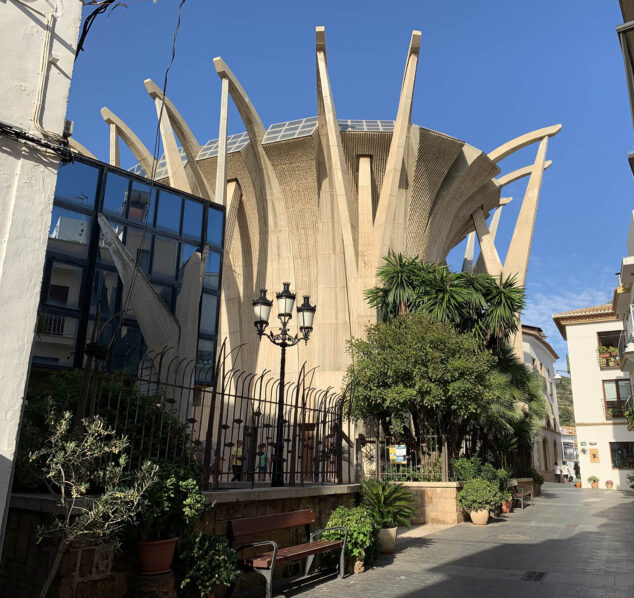
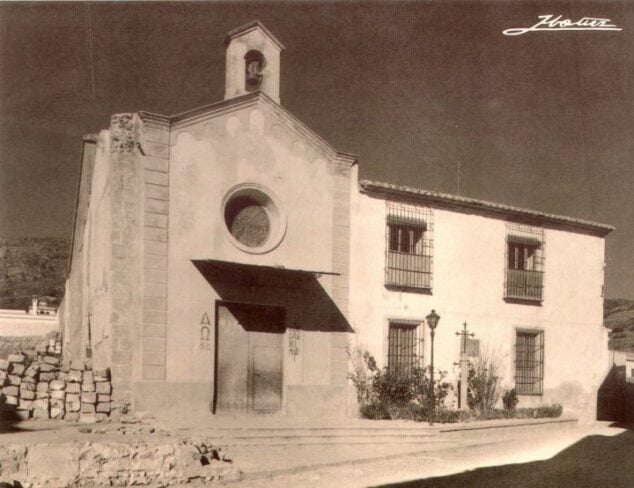
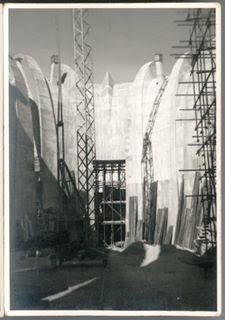
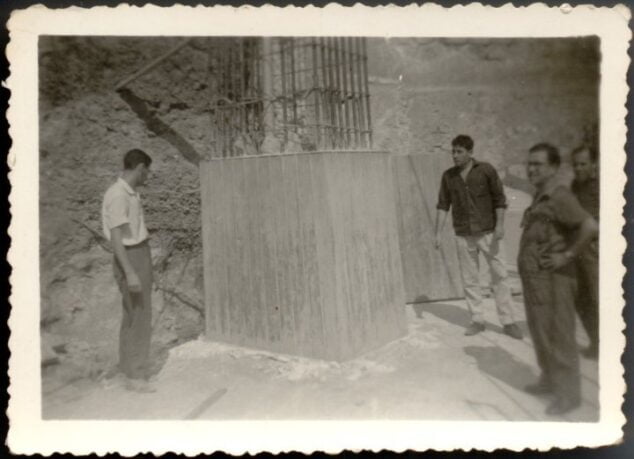

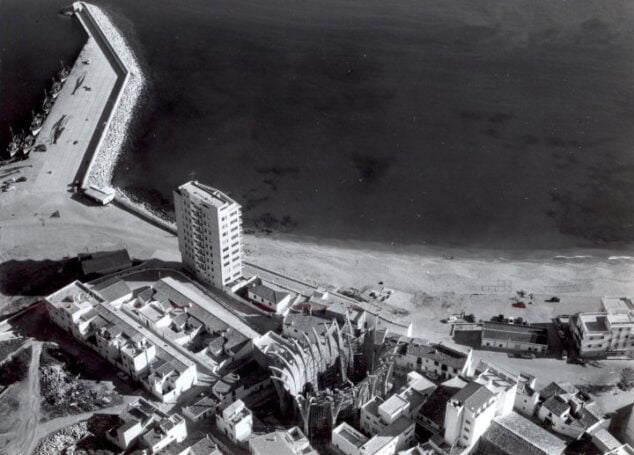
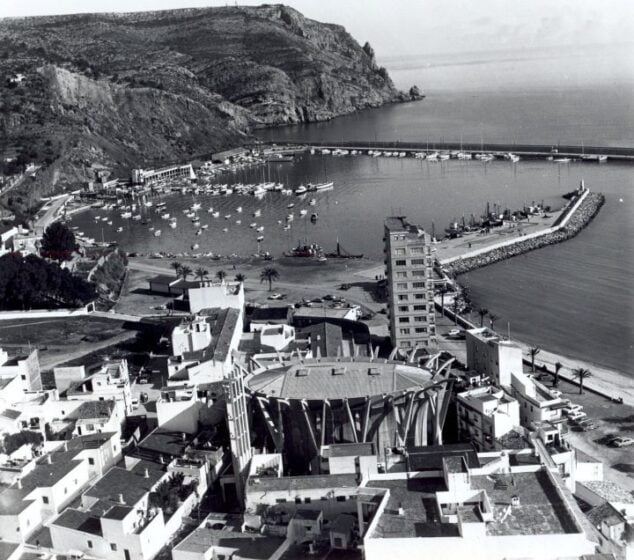
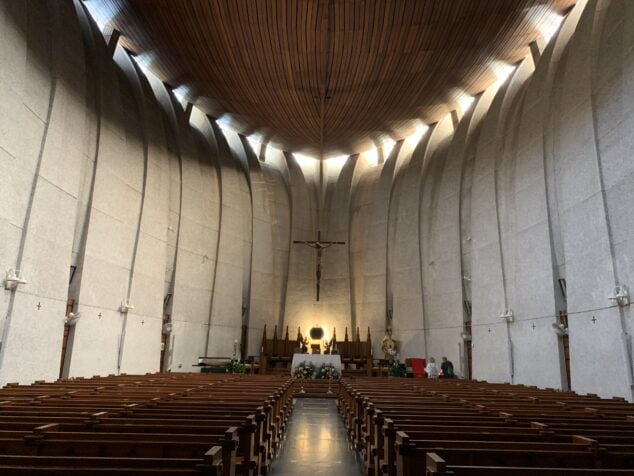
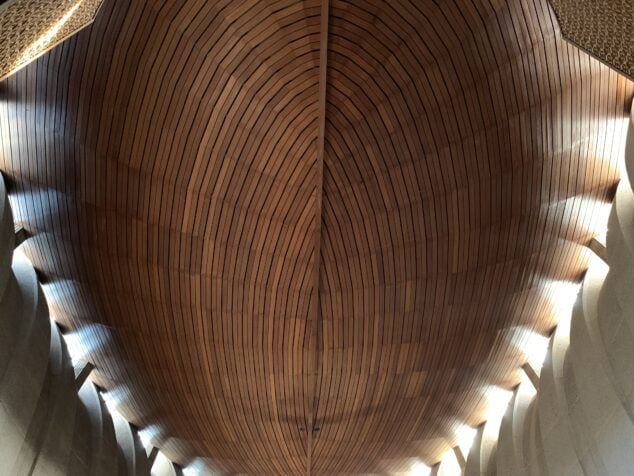
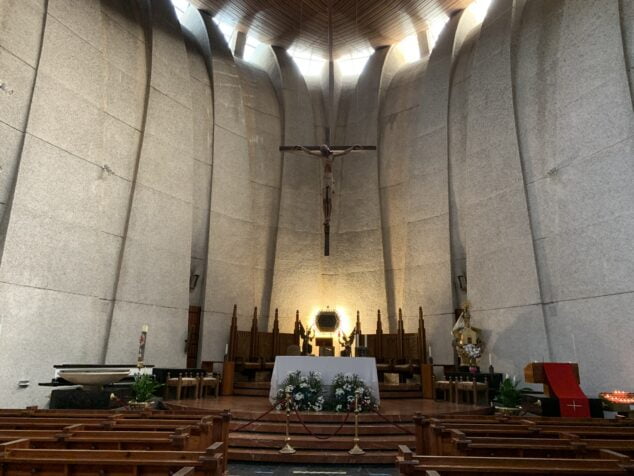
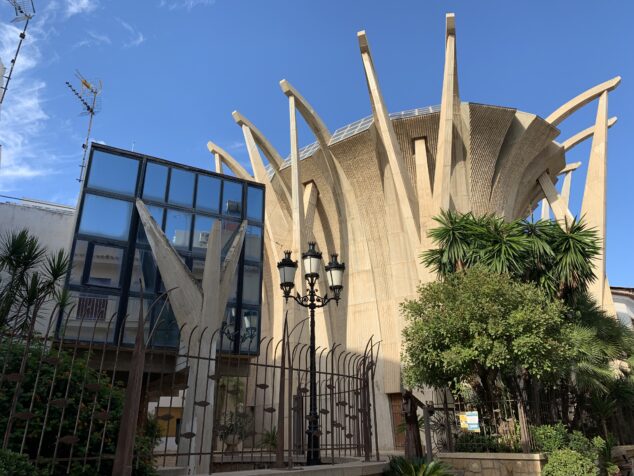
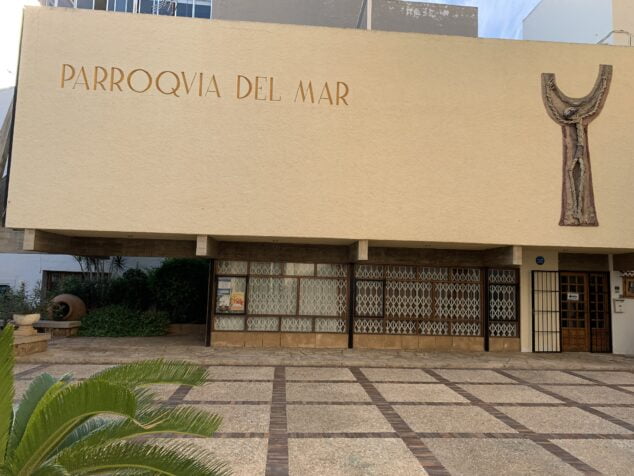
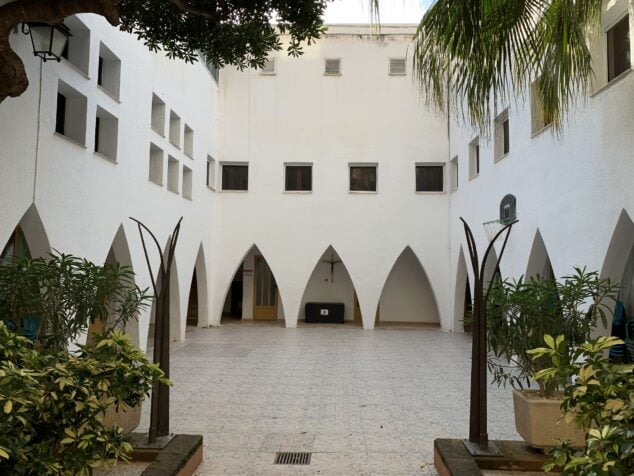
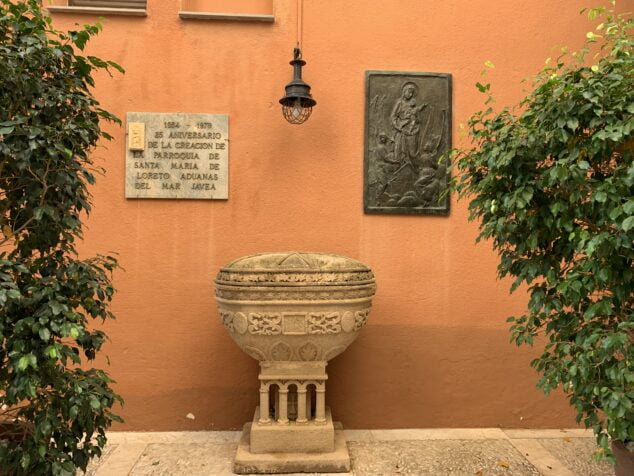
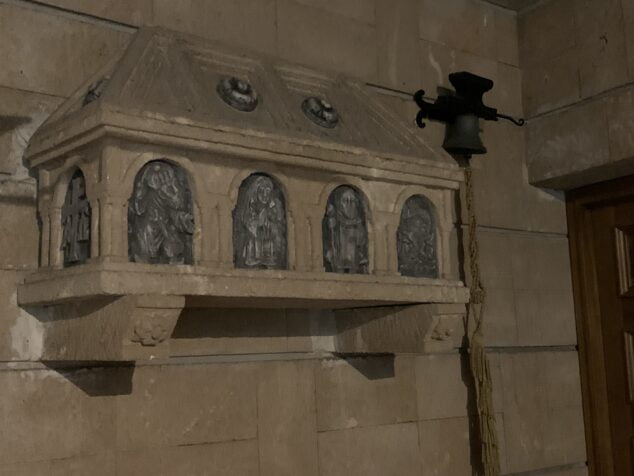
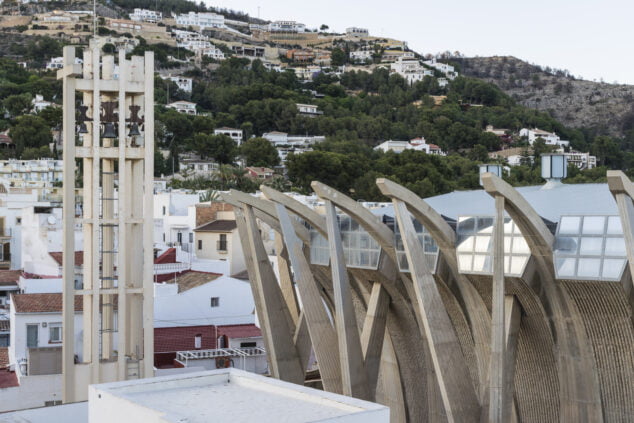
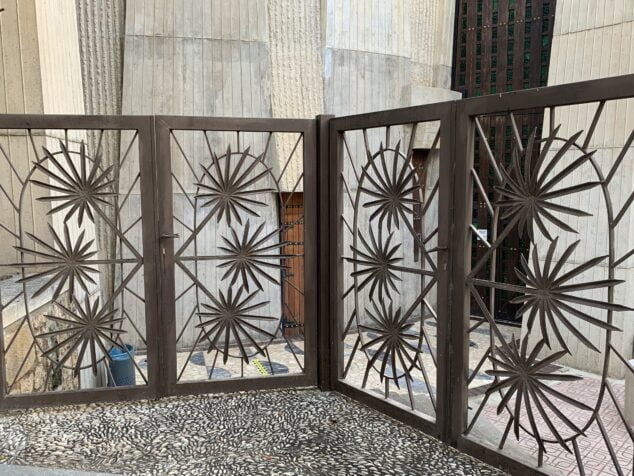
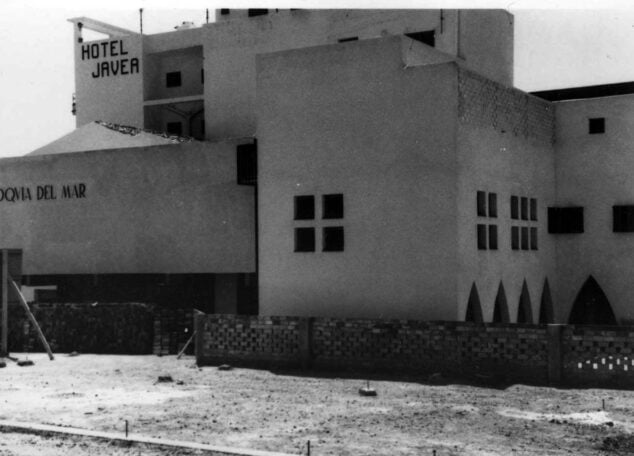
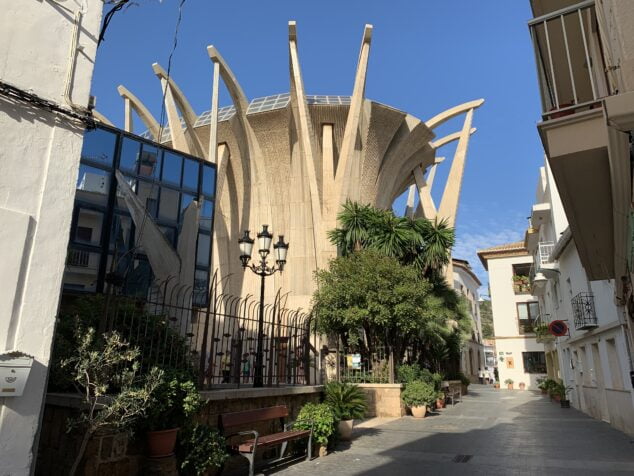
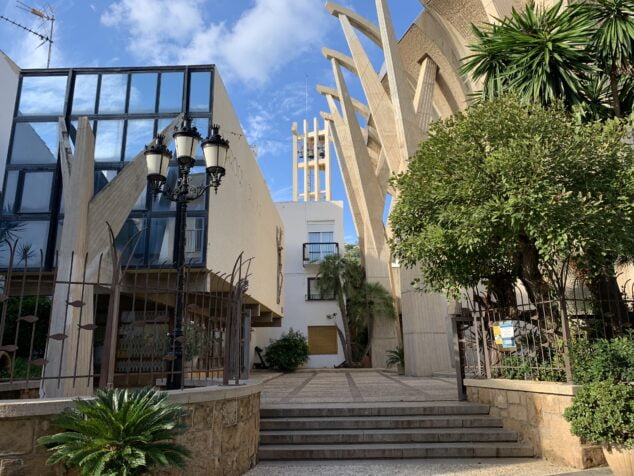
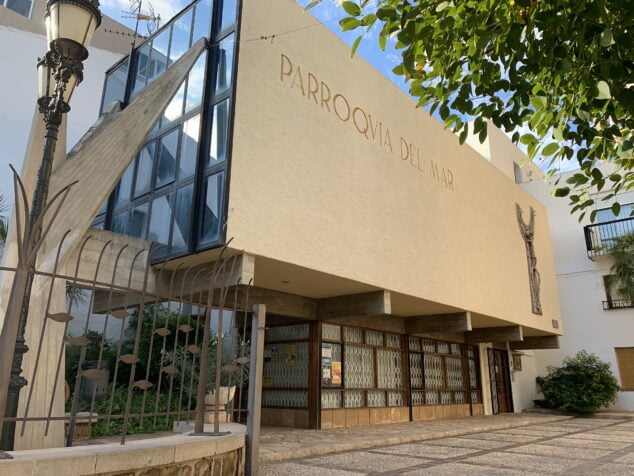
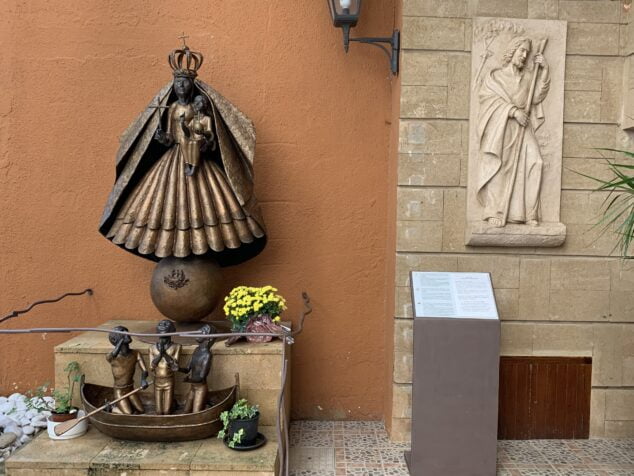
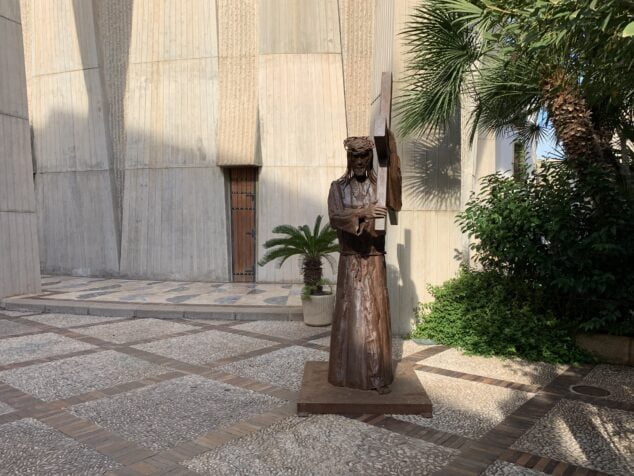
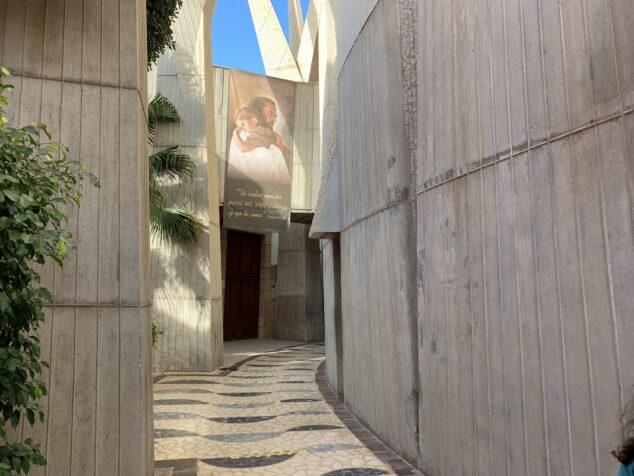
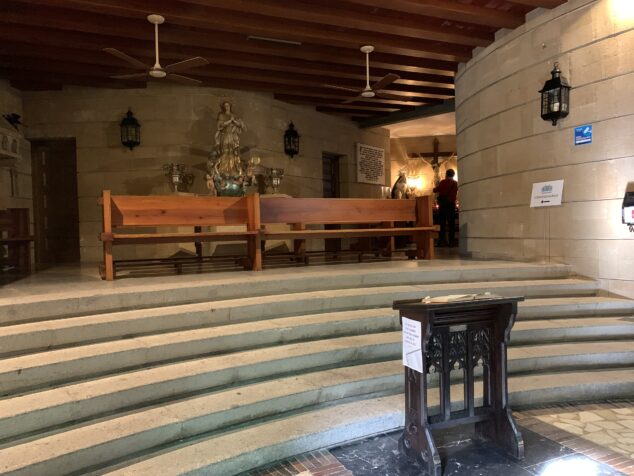
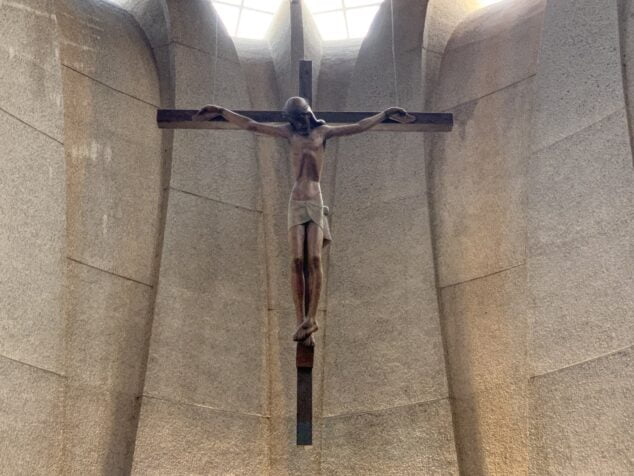
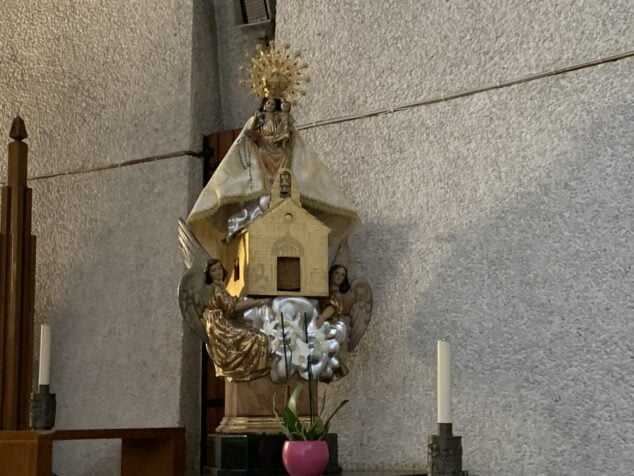
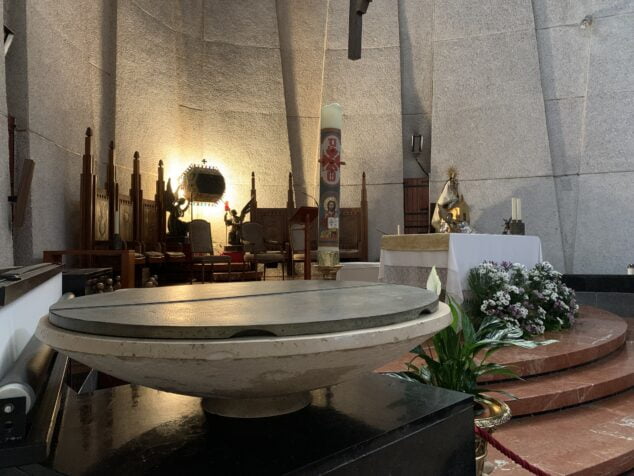
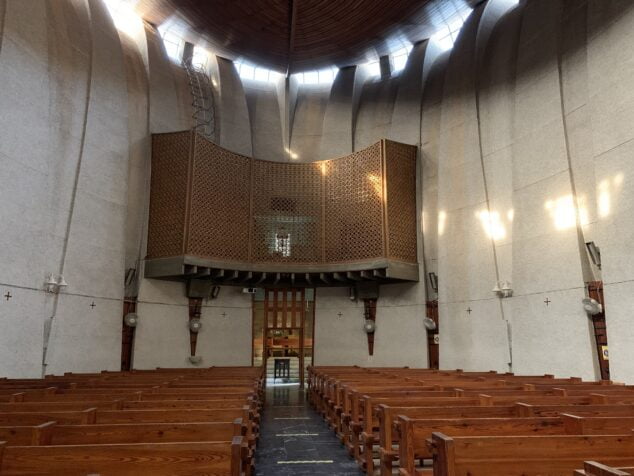
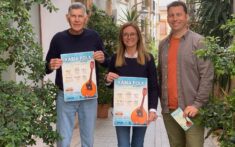
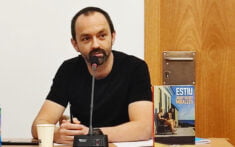
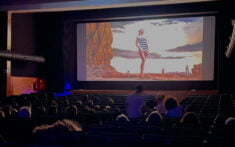
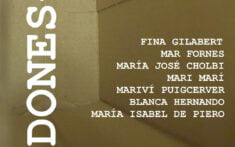

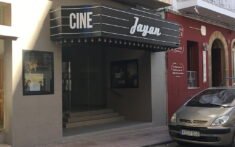
I came across this church by chance in the summer of 2019 and totally disagree with previous comments. The building is magnificent. In addition, from outside, on the street, there are times when you can hear the waves despite not seeing the sea because the sound bounces off the walls of the church. But I have a catch: it is located on a site surrounded by buildings that prevent a complete view of the work. A shame.
The Asturian was comfortable building here what in Asturias they would never have allowed him. It can have many awards but it is frankly horrible and out of tune there in the middle like an elephant in a china shop. Someone has to say.
Totally agree. It seems somewhat foreign to the place, it stands out for its ugliness and for its lack of harmony with the humble, sweet fishing village. It will have its architectural merit but it is out of place.